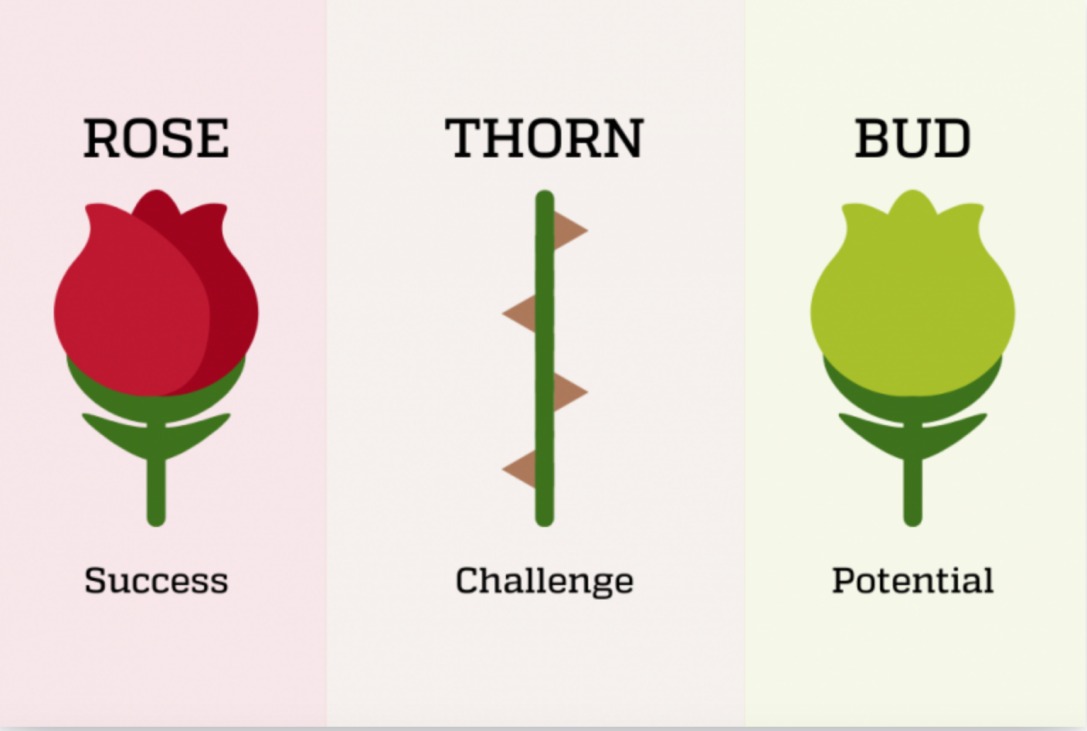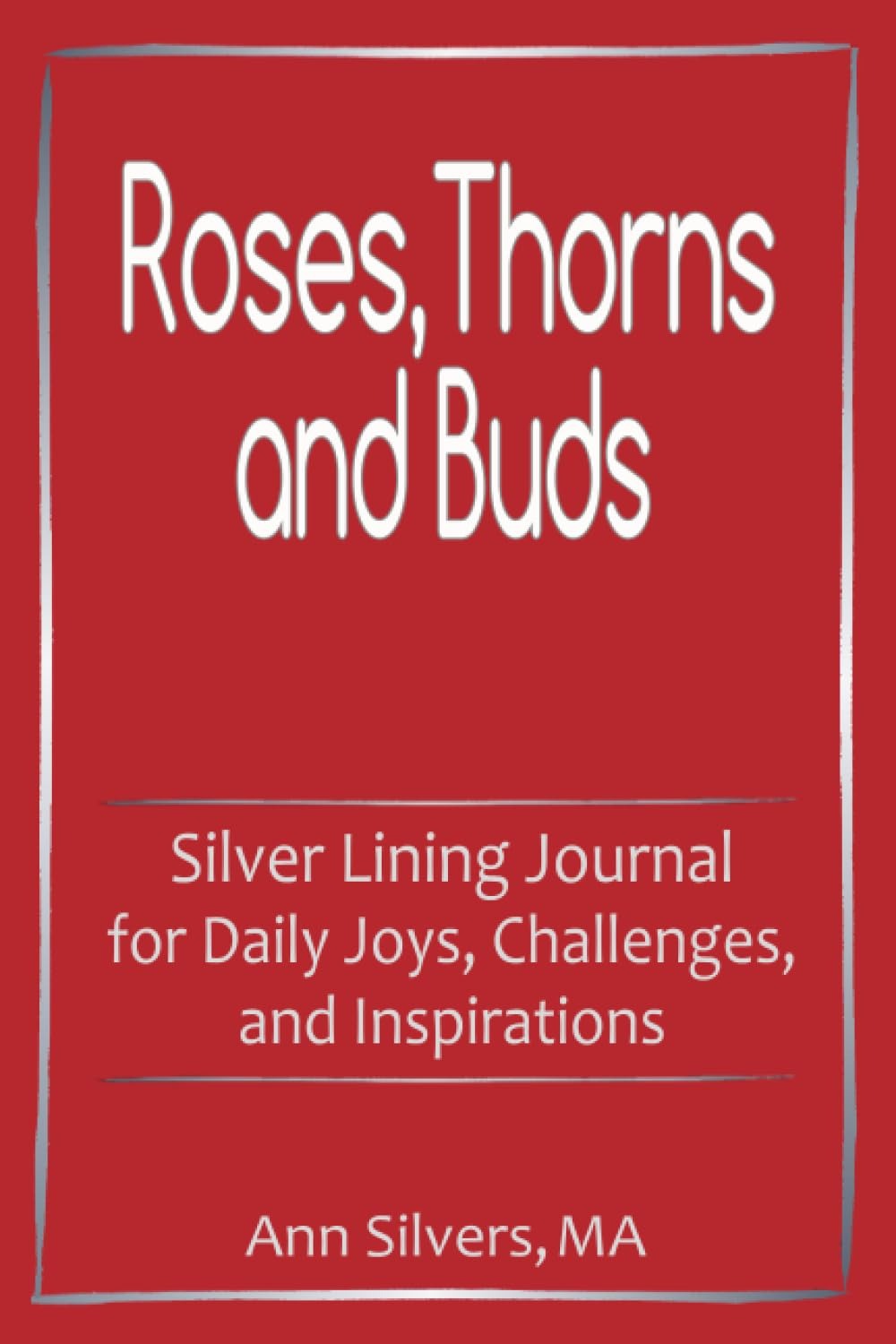It’s a crazy world out there, and most of us are in survival mode, trying to keep up with the pace of modern living. But, if you consider how all-consuming it can be, imagine its impact on our kids. We may think that our kids are oblivious to it, but they pick up on our stress, and it seriously affects their mental and emotional well-being.
Over the years, there has been more and more emphasis placed on teachers nurturing their students’ emotional and mental well-being and recognizing the role it plays in students’ ability to learn and reach their academic potential.
Building personal connections and creating a safe, nurturing environment are critical. Studies show that taking time to start each day with positive, personal interaction can increase academic engagement by up to 20%. In addition, taking time to engage in structured, non-academic activities encourages the students to share ideas and listen to each other, promoting socio-emotional growth.
Table of Contents
- What is ‘Roses & Thorns’?
- What is ‘Roses, Buds, Thorns’?
- Benefits of Roses & Thorns
- How to Implement “Roses, Buds, and Thorns”
- Tips for teachers
- Examples and resources of Roses, Thorns & Buds
- Roses & Thorns FAQs
- Let everything come up roses
What is ‘Roses & Thorns’?
Roses and Thorns is an excellent check-in exercise that can be done at the end of the school day. It allows students to process their experiences and verbalize and validate them. It is also an opportunity to reflect on their day.
The concept was developed by renowned psychologist Edward de Bono, better known for his CoRT tools (critical thinking skills) and the Six Thinking Hats (a problem-solving model). It is a method often used in business to identify a project’s strengths and weaknesses, but it has proven very useful in a classroom setting.
Each student (and the teacher) describes a rose (positive experience) and a thorn (a challenge) in their day. There is no pressure on the student to go deep and be highly vulnerable. A rose could be as simple as ‘my mom packed my favorite snack,’ and a thorn could be a minor frustration like, ‘I left my notebook at home.’ However, those that feel they need to share more may welcome the opportunity when offered the right platform. It’s a quick exercise that is easy to fit in each day but can open opportunities to reach out and connect privately with a student you may not have realized was going through a tough time.
What is ‘Roses, Buds, Thorns’?
Roses, buds, and thorns take the activity a little further and allow students to look at situations that are still in progress but have the potential to become a rose. Perhaps they are saving for something special or are close to leveling up in a sporting activity. They are on the right track, and their bud will blossom with a little hard work. The activity helps students step back and see the bigger picture. Getting caught up in the thorns is easy if you aren’t guided to see the roses and the buds.
Benefits of Roses & Thorns
Your students will feel heard and know that their voice matters
Every student has an opportunity to share; the other students listen actively and value what they hear.
Although there is no pressure and students are free to ‘pass,’
They know that the opportunity to share will always be available should they need it.
It creates more awareness of the emotions of others
Children can be very self-involved, which is normal. Our empathy matures as we get older. It’s not that they don’t care about others – they just don’t always realize that everyone else’s thoughts and feelings are as complicated as theirs unless it is pointed out to them.
It creates a sense of comfort
Within the peer group and allows the students to practice being vulnerable in a safe space.
How to Implement “Roses, Buds, and Thorns”
Set a schedule
Decide on how often you want to do the activity. It can be a daily exercise, just before the final bell, or you could choose to do it once a week and take a little more time. Then, the students can reflect on their whole week and draw from their experiences. Whatever you decide, make sure you stick to it, as it is something that your students will look forwards to it and may plan for the opportunity to share something that is burdening them.
Explain the three terms
Explain what the terms “rose,” “bud,” and “thorn” mean, and give an example relating to your own experience and some hypothetical examples.
Ask students to consider “a rose,” “a bud,” and “a thorn“
Put the ball in the student’s court and ask them to consider a “rose,” “bud,” and “thorn” for the day, or week, depending on your schedule.
Allow students two minutes to brainstorm
Let the students have a minute or two to think about it and jot down their thoughts. Templates are available to help the students focus and structure their ideas more easily.
Lay down the ground rules
It’s not that there are rules defining the thought process, but the students must be guided to listen actively and respectfully. Everyone is given an equal opportunity to contribute and be heard without judgment.
Encourage the student to reflect by sharing what they noted
Allow the students to report back. You can mix it up. Sometimes they can branch off into smaller groups, or you may choose to let everyone share with the whole group.
Encourage the students to collaborate
Use the opportunity to encourage problem-solving and collaboration. They can break into smaller groups or pairs and offer support on managing their ‘thorns.’ From time to time, you can extend the session and make time for feedback too.
Tips for teachers
Ask probing questions and get them thinking
The goal of the activity is to seek out positives and to verbalize challenges, asking for support. You also want to encourage empathy and help the students develop a growth mindset. The ‘thorns’ are not less valuable than the ‘roses’ or ‘buds.’ But they are challenges that can be overcome. By discussing them and seeking support, ‘thorns’ can become ‘roses,’ or at least ‘buds.’
Encourage students to keep a “Rose, Bud, Thorn” journal
Students can do the activity in a notebook to form a ‘Roses and thorns’ journal over time. This also allows the students who would prefer not to share their thoughts openly to still go through the reflection process. They may share their journal with you even if they don’t contribute to the group.
Acknowledge and commend the progress
Go back and reflect on each student’s progress. Allow them the opportunity to give feedback, acknowledge and celebrate with them when they feel they have overcome a ‘thorn.’ This supports the growth mindset you impart to them and allows them to see the benefits of reaching out, seeking support, and working as a team.
Examples and resources of Roses, Thorns & Buds
Some great resources are available to help you structure your ‘Roses, buds, and thorns’ sessions.
“Rose, Bud, Thorn” Journaling Guide
Panorama Education works with school districts by conducting surveys and analyzing data about social-emotional learning, among other factors. They then help educators act on data to implement methods that improve student outcomes. They have put together a journaling guide that will be a great resource to keep on hand.
“Rose, Bud, Thorn” Journal
Let your students invest in a paperback “Roses, Bud, and Thorns “journal that can stay with them throughout their lives, growing and maturing with them.
Go digital
The Klaxoon digital template is designed for corporate activities but can just as easily be used in the classroom.
Roses & Thorns FAQs
Roses, buds, and thorns represent a student’s reflection on an activity, school day, etc. Students are asked to share one of each. A “rose” is something positive, a “bud” is something they are looking forward to, and a “thorn” is a challenge they have experienced or an area they need support in.
The concept was developed by renowned psychologist Edward de Bono, better known for his CoRT tools (critical thinking skills) and the Six Thinking Hats (a problem-solving model).
Taking time within the school day for mindfulness activities sets the tone for learning by minimizing anxiety and negative thinking. Many techniques and exercises teach students to engage with their surroundings, clear their minds and make them more inclined to focus.
Let everything come up roses
At the end of the day, you don’t need fancy materials or templates to succeed with Roses and Thorns. If your heart is in it and you do it mindfully and purposefully, it’s all your students need to benefit from this simple yet effective activity.
If kids come to us from strong, healthy, functioning families, it makes our job easier. If they do not come to us from strong, healthy, functioning families, it makes our job more important. – Barbara Colorose – Educator and Author

By Nicola K
Nicola lives in Johannesburg, South Africa. Before starting her career as a writer, she specialized in gifted education and now writes about education and supporting parents and teachers of children who are “different” according to commonly-held views.



